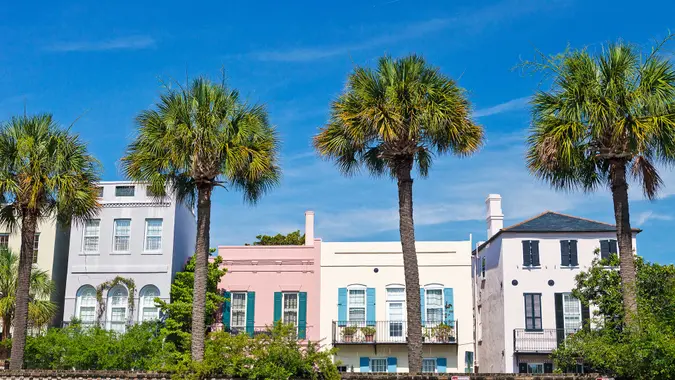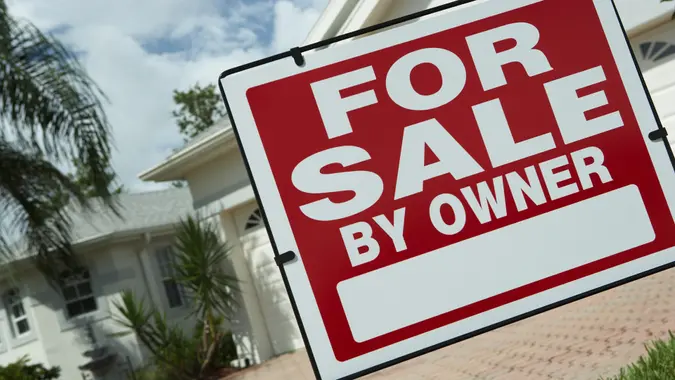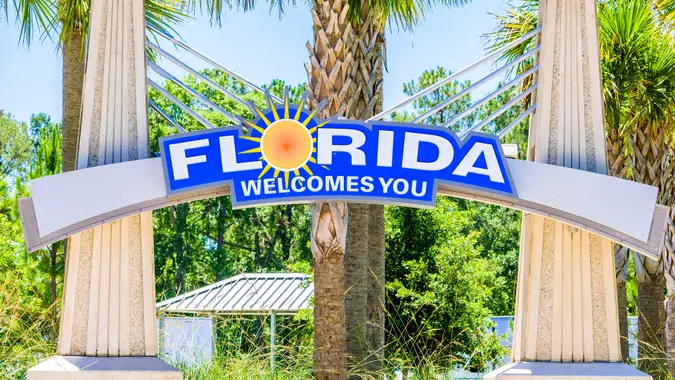Real Estate Agents Predict the 4 Hottest Housing Markets on the East Coast for 2026

Commitment to Our Readers
GOBankingRates' editorial team is committed to bringing you unbiased reviews and information. We use data-driven methodologies to evaluate financial products and services - our reviews and ratings are not influenced by advertisers. You can read more about our editorial guidelines and our products and services review methodology.

20 Years
Helping You Live Richer

Reviewed
by Experts

Trusted by
Millions of Readers
Think of “housing” and “hot East Coast markets,” and what might pop into your head are Northeastern cities like Boston, New York and Washington, D.C., or Florida tourist hubs like Miami and Orlando.
Some of those markets remain hot as we move closer to 2026 — especially New York and Boston. But many real estate agents point to other cities as having better near-term prospects.
Here are four East Coast markets that are expected to be among the hottest in 2026, according to real estate experts (plus home data from Zillow).
Charleston, South Carolina
- Typical home values: $584,661 (as of Jul. 31, 2025)
- 1-year value change: +0.6% (as of Jul. 31, 2025)
- Percent of sales over list price: 17.2% (as of Jun. 30, 2025)
House hunters are attracted to Charleston for a variety of reasons, from its rich history and world-class cuisine to its growing aerospace and shipping industries. Charleston’s lifestyle is “as much of a lure for buyers as investment,” according to Jacob Naig, a real estate investor at We Buy Houses in Des Moines
“The potential for short-term rentals has constrained inventory, and in the face of the high-insurance costs of living so close to the coast, demand is still strong, suggesting the trajectory is still upward,” Naig told GOBankingRates.
Charlotte, North Carolina
- Typical home values: $401,566 (as of Jul. 31, 2025)
- 1-year value change: -1.6% (as of Jul. 31, 2025)
- Percent of sales over list price: 33% (as of Jun. 30, 2025)
Charlotte has been one of the hottest U.S. housing markets for many years now, driving demand and prices ever higher. Although home values have moderated lately, about one-third of homes still sell over the list price.
Ben Mizes, founder and president of real estate sales platform Clever Offers, said Charlotte still has “plenty of room to grow” next year.
“It is a large finance hub that is attracting a large amount of new residents from more expensive cities in the Northeast,” Mizes told GOBankingRates. “It boasts a lively job market, a lower cost of living and a multicultural culture.”
Portland, Maine
- Typical home values: $572,044 (as of Jul. 31, 2025)
- 1-year value change: 0.0% (as of Jul. 31, 2025)
- Percent of sales over list price: 49.7% (as of Jun. 30, 2025)
“Portland has been a magnet for those escaping Boston and other large Northeast metropolitan areas,” Mizes said. “It has a terrific quality of life with a vibrant dining scene, a beautiful coast and a slower tempo.”
The city’s stock of homes remains “very low”, he added — which means demand remains very high.
“Houses can receive multiple offers, and I don’t see that changing for a while,” Mizes said. “As more people discover Portland’s appeal, and with it being so close to Boston, the demand is going to continue to drive prices upward.”
Richmond, Virginia
- Typical home values: $367,331 (as of Jul. 31, 2025)
- 1-year value change: +0.4% (as of Jul. 31, 2025)
- Percent of sales over list price: 52.2% (as of Jun. 30, 2025)
Similar to the situation with Portland and Boston, Richmond is the beneficiary of “spillover growth” from Washington, D.C., according to Naig. The Virginia capital also benefits from expanding finance and health-care industries.
“With a low cost of living, an art scene that continues to blossom and its historic neighborhoods starting to see new investment, the city is trying to establish itself as a younger, more affordable alternative to Northern Virginia,” Naig said. “I’ve dealt with cash flow investors, and they’re scratching their heads now because they’re seeing [home] appreciation increase each and every year.”
More From GOBankingRates
 Written by
Written by  Edited by
Edited by 

























